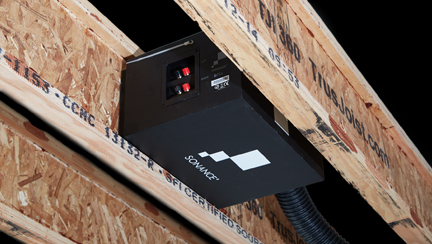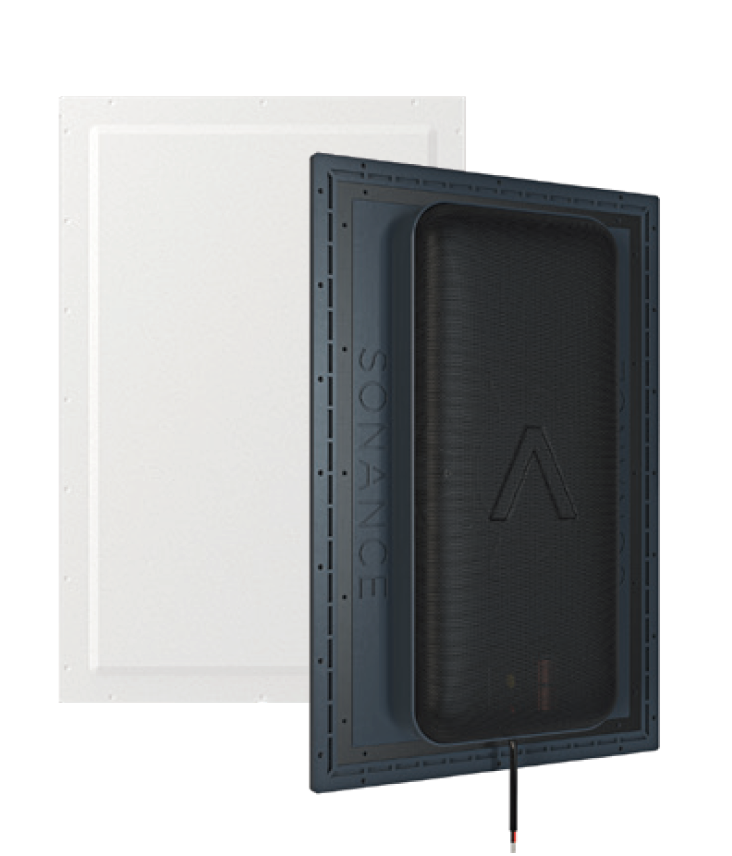


Needless to say, the cost of the chandelier and the impact of that piece often took precedence over a pair of speakers on the project.
#Sonance invisible subwoofer install
But when the designers were specifying chandeliers that were the center piece of a room, they would not compromise on the fact that we also needed to install speakers with visible grills in the same ceiling. I will never forget having my first company meetings with our designers expressing concerns about the aesthetics of the components and speakers that our audio consultants were proposing to our joint clients.Īt the time, there were various architectural speakers that could be installed in the ceiling, in the wall, or on the wall. We understood the importance of the architect and design professional, who were often involved in a project months before the audio/video guys were brought in. So, without further ado, let’s hear their stories. We recently talked with representatives from three manufacturers to get their take on today’s invisible speakers. Today, however, advances in technology have made invisible speakers a viable solution in any area where a client wants great sound. Invisible speakers have actually been around for over 30 years, but up until recently they were mostly used for background music, as the sound quality was not sufficient for home theater or critical listening applications. On the other hand, today’s invisible speakers are just that – totally invisible, which brings unprecedented options for their placement. Though many manufacturers have marketed these solutions as “practically invisible,” they still have visible grilles, which some clients would prefer not to see. That’s why the category of invisible speakers is so exciting - they bring the promise of great sound reproduction to any room, with no impact on the interior design whatsoever.Ĭonventional architectural speakers certainly provide a less invasive approach than speaker boxes placed in the room. INTEGRATING TECHNOLOGY WITH DESIGN IS ALWAYS A CHALLENGE. The physical requirements of audio/video and other equipment sometimes necessitate a compromise to décor, and vice versa.


 0 kommentar(er)
0 kommentar(er)
